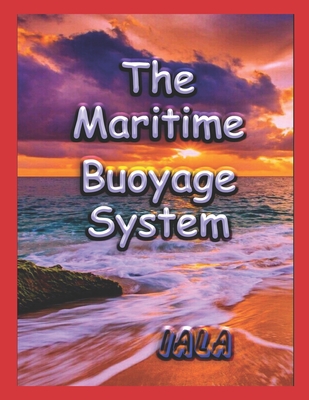
The Maritime Buoyage System: IALA Worldwide system of marine buoys and beacons.
Description
Responsibility for safe navigation resides with the Mariner through the appropriate use of aids to navigation in conjunction with official nautical documents and prudent seamanship including voyage planning as defined in IALA resolutions. This book provides official guidance in the maritime buoyage system and other aids to navigation for all users. The IALA navigation system has two components, the maritime buoyage system and other aids to navigation comprised of fixed and floating devices. This is primarily a physical system however all of the marks may be complemented by electronic means.Within the maritime buoyage system there are six types of marks which may be used alone or in combination. The Mariner can distinguish between these marks by identifiable characteristics. Lateral marks differ between buoys regions A and B as described below. Whereas the other five types of marks are common to both regions.The International IALA Maritime Buoyage System has been adopted by almost all Marine Aids to Navigation authorities worldwide.IALA is primarily known for the IALA Maritime Buoyage Systems or sea mark systems that are used in the pilotage of vessels at sea: IALA sea mark regionsThe IALA Maritime Buoyage System defines two regions in the world: IALA region A and IALA region B. Region B covers the whole of the Americas, Japan, South Korea and the Philippines, while the rest of the world belongs to the region A.IALA brings together representatives of the aids to navigation services of about 80 countries for technical coordination, information sharing, and coordination of improvements to aids to navigation throughout the world. It was established in 1957 to provide a permanent organization to support the goals of the Technical Lighthouse Conferences, which had been convening since 1929. The General Assembly of IALA meets about every four years. The council of 24 members meets twice a year to oversee the ongoing programs. Lateral marks indicate the edges of a channel. Cardinal marks indicate the direction of safe water at a dangerous spot. Safe water marks indicate the deep water and open end of a channel. Special marks indicate a special area or feature, e.g. pipe-outfall, areas of: administration/speed restriction/water-skiing, etc. Isolated danger marks indicate a hazard to shipping. Emergency Wreck Marking Buoy: Temporary interim measure(s) deployed to mark any new wreck. Each type of mark has a distinctive color, shape and possibly a characteristic light.
